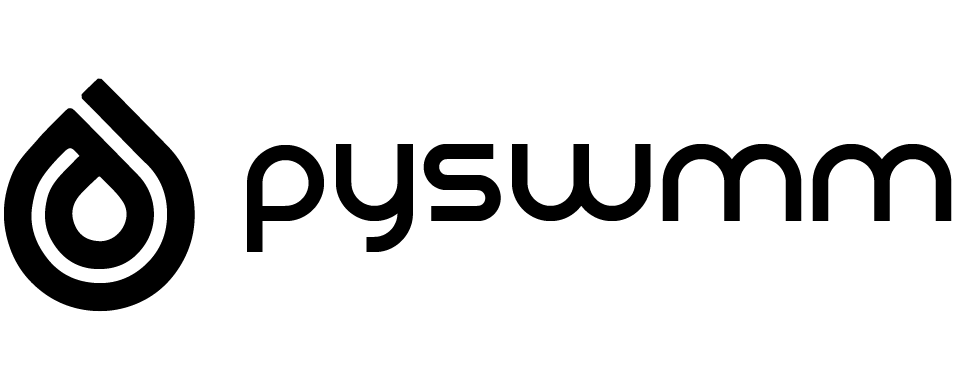LidGroups#
- class LidGroups(model)[source]#
LidGroups Iterator Methods.
- Parameters:
model (object) – Open Model Instance
This allows the user to iterate and get one of the LID Groups as defined inside SWMM’s [LID_USAGE] section. For example, here is a sample section from a SWMM INP file.
[LID_USAGE] ;;Subcatchment LID Process Number Area Width InitSat FromImp ToPerv RptFile DrainTo FromPerv ;;-------------- ------------- ------- ------- ------- -------- -------- -------- -------- -------- ---------- J1_J3_qqqqqqq LID_C1 1 180.00 2 0 0 0 * * 0 J11_J14_qqqqqqq LID_C1 1 140 2 0 0 0 * * 0
Now we can peform manipulations in PySWMM and get objects.
from pyswmm import Simulation, LidGroups with Simulation('lid_model.inp') as sim: for lid_group in LidGroups(sim): print(lid_group)
>>> J1_J3_qqqqqqq >>> J11_J14_qqqqqqq
Once a handle has been created of an LidGroup object we can now make adjustments to the parameters and change the behavior. The following example provides some context around the different object handles created. One feature presented herein shows that during a simulation the drain_node (or drain subcatchement) can be changed during the simulation.
from pyswmm import Simulation, LidGroups with Simulation('lid_model.inp') as sim: # This returns an LidGroup object lid_group_j1_j3 = LidGroups(sim)["J1_J3_qqqqqqq"] # Next to get access to one of the LID units # inside this subcatchment it is indexed. # This returns an LidUnit object lid_unit0=lid_group_j1_j3[0] for ind, step in enumerate(sim): if ind == 50: lid_unit0.drain_node = "J04"
Continuing on the previous example, either during the simulation or after it completes, the user has access to lid unit results. The following code provides details on how to access differne LidUnit results
from pyswmm import Simulation, LidGroups with Simulation('lid_model.inp') as sim: # This returns an LidGroup object lid_group_j1_j3 = LidGroups(sim)["J1_J3_qqqqqqq"] # Next to get access to one of the LID units # inside this subcatchment it is indexed. # This returns an LidUnit object lid_unit0=lid_group_j1_j3[0] for ind, step in enumerate(sim): if ind == 50: lid_unit0.drain_node = "J04" surface = lid_unit0.surface pavement = lid_unit0.pavement soil = lid_unit0.soil storage = lid_unit0.storage water_balance = lid_unit0.water_balance print(water_balance.inflow) print(water_balance.evaporation) print(water_balance.infiltration) print(water_balance.surface_flow) print(water_balance.drain_flow) print(water_balance.initial_volume) print(water_balance.final_volume)
Methods
